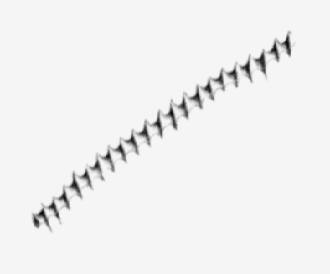Owen is regarded as the father of the Indiana Geological Survey, and in celebration of its 150th anniversary, the Survey republished Owen's Report:
David Dale Owen, A Geological Reconnoisance and Survey of the State of Indiana in 1837 and 1838, with Introduction and commentary by Henry H. Gray, Department of Natural Resources, Geological Survey Bulletin 61, Bloomington, Indiana, 1987.



